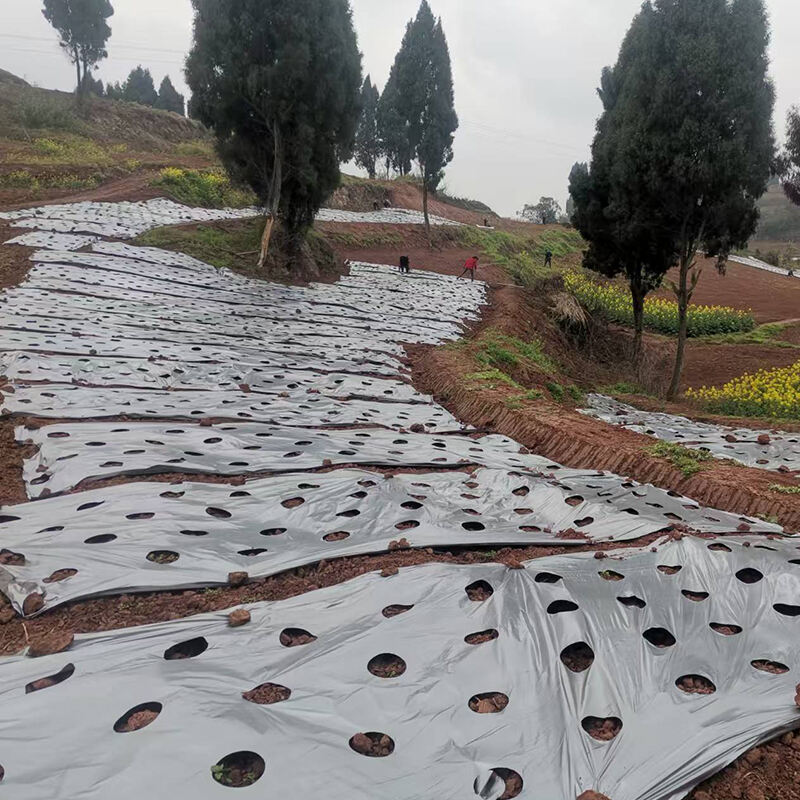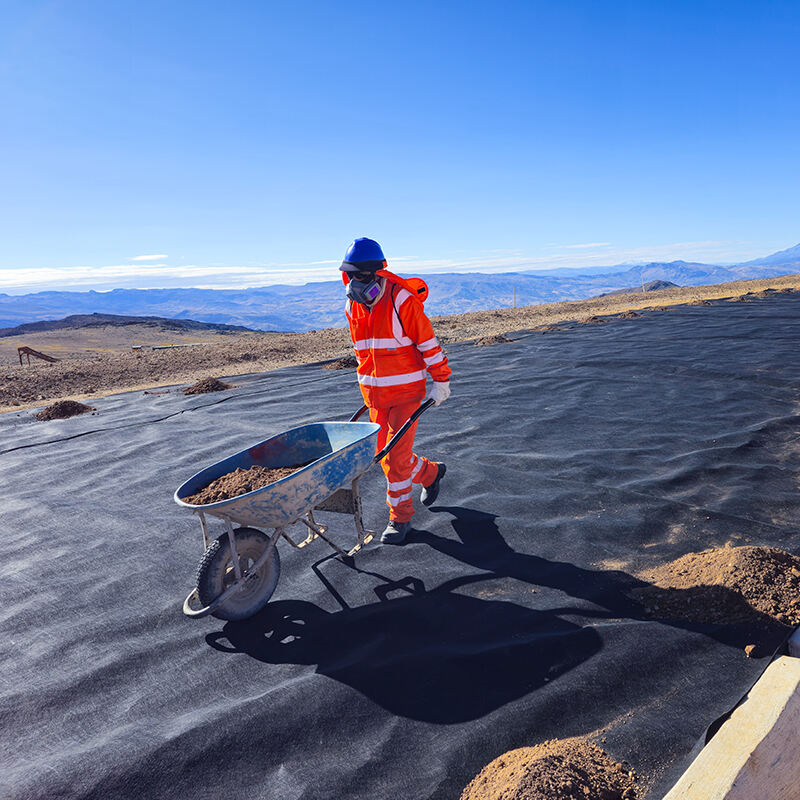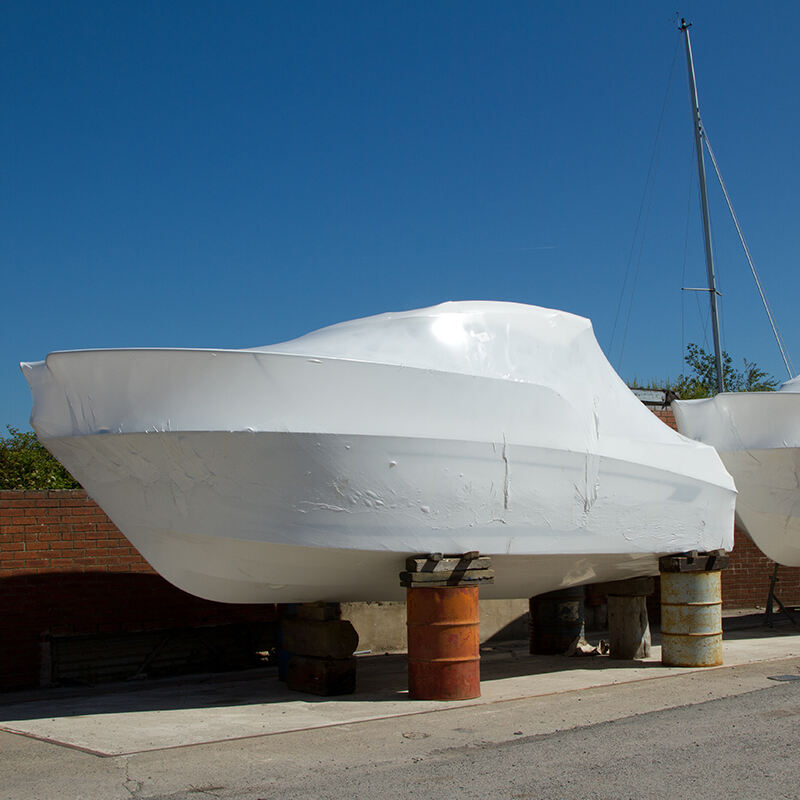pE-Folien Preis
Der Preis für PE-Folie stellt einen entscheidenden Faktor in den Verpackungs- und Baubranchen dar, was die komplexe Wechselwirkung von Rohstoffkosten, Fertigungsprozessen und Marktnachfrage widerspiegelt. Polyethylenfolie, in verschiedenen Qualitätsstufen und Dicken erhältlich, dient vielfältigen Anwendungen, von landwirtschaftlichen Abdeckungen bis hin zu Verpackungslösungen. Die Preistruktur variiert normalerweise je nach Faktoren wie Dicke (in Mikron gemessen), Klarheitsanforderungen, UV-Stabilitätseigenschaften und Mengenrabatten bei Großbestellungen. Aktuelle Markt Trends zeigen Schwankungen, die durch Erdölpreise beeinflusst werden, da PE-Folie aus petrochemischen Produkten gewonnen wird. Fertigungstechnologien, einschließlich der Blasextrusion und des Gießfolienvorgangs, wirken sich erheblich auf die Endkosten aus. Die globalen Lieferketten-Dynamiken, einschließlich Transportkosten und regionaler Verfügbarkeit, spielen ebenfalls eine wichtige Rolle bei der Preisbildung. Qualitätszertifikate, wie FDA-Konformität für Lebensmittelklassefolien, können die Preiskategorien beeinflussen. Ein Verständnis dieser Preisbestandteile hilft Unternehmen, fundierte Entscheidungen über ihre Verpackungslösungen zu treffen, während sie Kosten-effektivität sicherstellen ohne die Qualitätsstandards zu kompromittieren.


